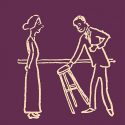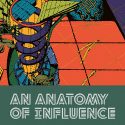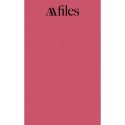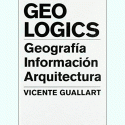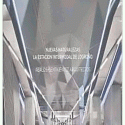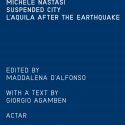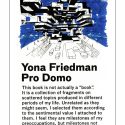Your Cart is empty
AA Women in Architecture 1917-2017
October 2017 marks the centenary of the admission of the first female students to the Architectural Association. Published to coincide with a symposium, exhibition and series of talks all celebrating this event, AA Women in Architecture puts forward the stories of women who have entered the architectural profession and their contributions to architectural practice and education.

